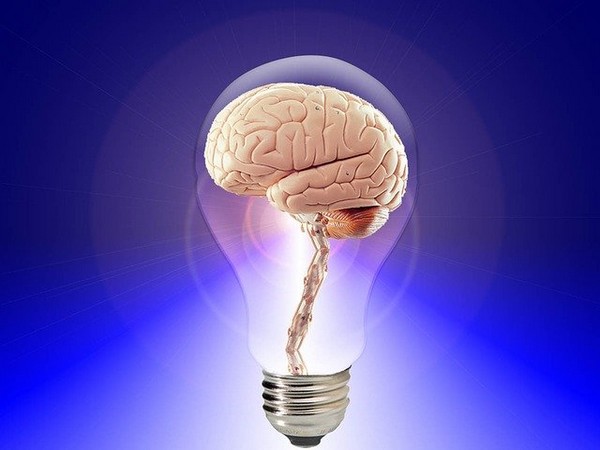

When you receive an important file to work on, you keep it safe to remember it. Similarly, our memories first land in one part of our brain and then shift to another for long-term storage. This process is known as memory consolidation. Kyoto University’s Akihiro Goto researched this process using mouse brains in order to manipulate memories.
The study has been published in the ‘Science Journal’.
The technique hindered nerve activity — known as long-term potentiation or LTP — which would otherwise consolidate memory during sleep.
LTP strengthened synapses through neural activity and is critical for memory formation. When and where memories are formed in the brain can be determined by examining when and which cells undergo LTP.
Drugs can disrupt LTP, but they have a general effect and are not good at targeting specific brain regions at specific time points in memory consolidation.
Looking for inspiration, Goto turned to Hollywood.
“In Men in Black, the agents erase memories with a light flash. We did something similar,” he said with a smile.
His team used light to deactivate proteins essential for LTP.
Switching the black suits and shades for white lab coats and safety goggles, co-author Yasunori Hayashi’s team illuminated mouse brains to inhibit cofilin, a protein essential for the synapse to function.
Initially, the brains are injected with the adeno-associated virus or AAV, commonly used for gene delivery, which then expresses a fused protein made from cofilin and fluorescent SuperNova. When exposed to light, these proteins release reactive oxygen that deactivates nearby compounds like cofilin.
The occurrence of LTP in the hippocampus, where memories are first stored, is significant. When this area of the brain is irradiated, once immediately after the mouse learned a task and then again during sleep after learning, the memory is lost.
“It was surprising that eliminating local LTP by targeted illumination clearly erased memory,” Goto commented.
Hayashi believes that this new technology provided a method for isolating memory formation both temporally and spatially in the brain at the cellular level.
Synaptic abnormalities related to LTP are involved in memory and learning disorders like Alzheimer’s disease and also psychiatric diseases like schizophrenia.
Hayashi concluded, “We expect our method will lead to a range of treatments for mental disorders.”